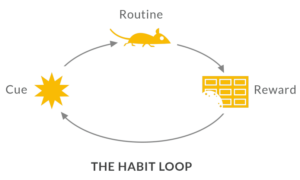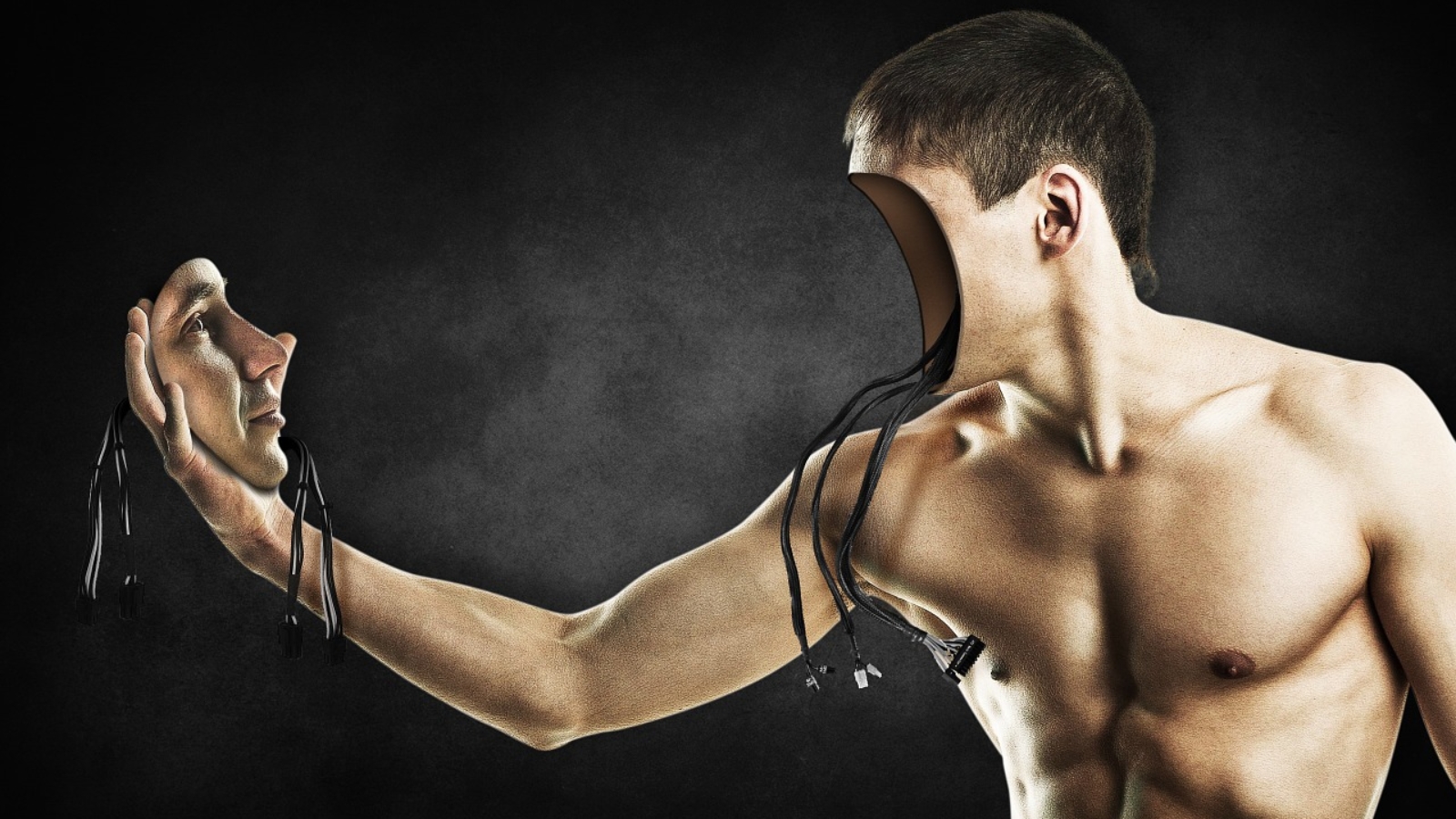Think about your computer. Or the mobile device, on which you are reading this. Whatever device it is, it is just a brick when not powered. The Operating System is that which breathes life into your device. Obviously, there should be a software that controls the hardware for the human system too. The words – mind, intelligence, brain, left/right brain, consciousness, conscience, soul seem to have lost their precision of definition in everyday usage to try to define this “human” Operating System. They are used interchangeably and sometimes incorrectly to everyone’s dismay.
For the sake of this post, lets settle to agree on the basic terminology. Assuming “mind” is the seat of activity initiation and performance – akin to a computer’s Operating System and brain as the processor, we can define the following comparison .
- A set of steps leading to achieve a specific goal similar to a program in a computer is a routine.
- Anything that initiates a certain set of activities is called a trigger function. Lets call this as cue for humans.
- The result of running the series of steps, we will call.. well.. reward.
Program:
For a human being, this could be any set of steps – routines, that are almost always unconscious.. for example, the sequence by which you brush your teeth, or the pattern in which you tie your shoe laces. We leave the proof of our presence by the very way we handle ourselves in the world. We pick the same lockers at the gym, like the same parking spots for our cars at our work, leave the toilet seat up / down depending on what gender, etc.. If you spend enough time with a person, you can tell who washed the dishes, or did the cleaning last. You can find a unique signature for every person.
Trigger:
Now, each of this routine is triggered by a trigger. For wanting to brush your teeth, the morning mouth is my trigger. Just finished eating? I want to have my gum/ mint. Am I stressed out from work? I need a cigarette. Am I feeling a bit lonely? Let me facebook. Or instagram, or tinder, or bumble.. (Next time you feel a craving to use one of these, you know what your major trigger is.)
Reward:
A reward is the closing set for every routine. You feel a sense of satisfaction, a sense of completion when you get the reward. It is kind of the satisfaction you get after you scratch an itch, or the pleasure you feel after cookies, or the calm you feel when you meet your loved one after you have been away from them for a while.
Every routine, to be adopted need to have a reward. This contained unit of Cue-Routine-Reward similar to a Trigger-Program-Result is what we call as a habit. A detail description of this pattern can be found in the book “Power of Habit” by Charles Duhigg.

We usually classify these habits as good habits or bad habits, based on whether the rewards incrementally brings us up, or incrementally brings us down. There might also be a few habits that are merely beneficial to others with no benefit to us. (Think if you have anything unconscious that you do that is not particularly beneficial or detrimental for you, but merely a waste of time.)
Now, if you observe keenly, some of these routines are exactly in the pattern of your parents / elder siblings , or someone who you admired as a mentor. There are also few of them implanted by a corporation. for example, smoking, facebook/ instagram posts. (quick tip: For entrepreneurs, if you are able to own one of the routines in your customer’s mind, you have a set customer for life)
In sanskrit, the word habit is called as sādhanā. sā – that which, dhanā – wealth. The literal meaning for the word is “that which brings wealth”. Wealth in this context is not just money. It is anything that you possess that is worth having. So, the ancient Indians sādhanā determined a habit to be that which brings all wealth a human can gain like good happy family, peace of mind, healthy body, and finally of course financial means.
From the above, we can derive the following excerpts:
- Your OS (Operating System) needs designated structures / systems that is a predefined framework to achieve certain specific consistent result. This is called a routine.
- Each routine is triggered automatically so your conscious brain is not taxed with doing and initiating every action. Move trigger to unconscious for repeated strong adherence. It however starts with conscious repeating till the subconscious picks it up and incorporates it. It becomes a breeze when the sub conscious mind picks it up. (example: When you are starting to learn to drive vs. when you are good at driving.)
- Each routine you do has a reward/ result. By consciously observing a routine and analyzing every reward, we can see which habits can be continued, which ones to be gotten rid of , which ones to incorporate, which ones to actively avoid.
- Any big endeavor – starting a business, learning something, becoming rich, having a healthy body, creating happy relationships, – all come from repeating small and mundane activities & routines consistently every time, time and again. Nothing but routine.
- If you want to achieve anything, incorporate a habit for that, monitor whether you do it till it becomes unconscious habit / script
- This is the only way to achieve anything that is a massive undertaking that involves multiple increments of action
- If you know how to break a habit that you deem is bad, follow these steps: (my personal example: smoking)
- Cut down the trigger. (Example: restrict & reduce stress environments / friends who smoke – I moved jobs, changed room mates, changed friends circle)
- Replace the routine with a different, similar one (Example: When Im stressed, I would take a walk & deep breathe, talk to my non-smoker friends, )
- Replace the reward by something that is very similar. (Example: used to get talk to goto dog shelter . play with neighbor’s dog and goto new non-smoking socializing activities like running, basketball, etc.)
- For a happy life, you merely need to know 2 things to handle the human OS in good standing:
- Bad habit -> Identify & avoid / break down.
- Good habits -> Identify & Create / maintain.
